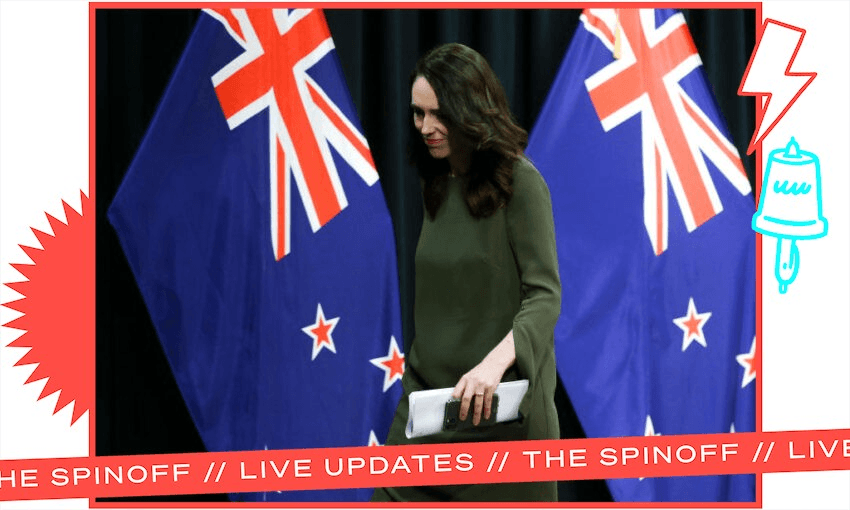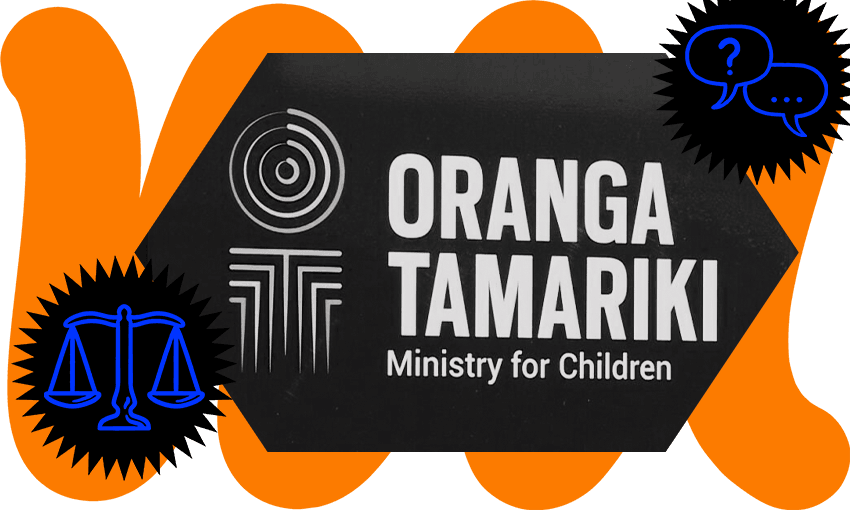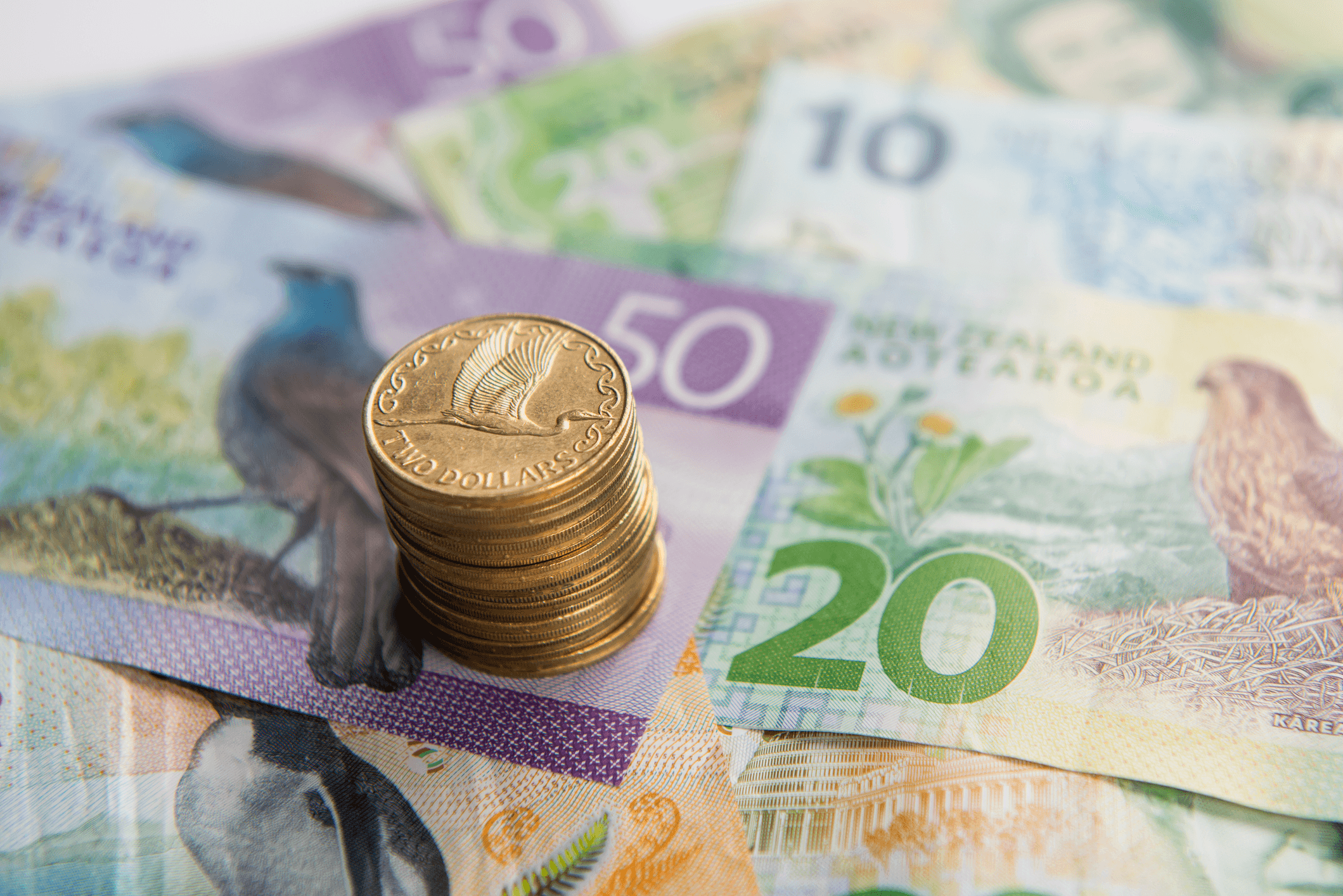New Zealand’s gross domestic product – a measure of how well the economy is doing overall – rose by 1.7% in the June 2022 quarter, Stats NZ said today. The rise follows a 0.2% fall in the March 2022 quarter.
The services industries, which make up about two thirds of the economy, were the main contributor to the increase, up 2.7%.
Stats NZ’s Ruvani Ratnayake attributed the rise to border openings and the easing of Covid measures following the move from red to orange in mid April.
“The reopening of borders, easing of both domestic and international travel restrictions, and fewer domestic restrictions under the orange traffic light setting supported growth in industries that had been most affected by the Covid-19 response measures,” Ratnayake said.
“In the June 2022 quarter, households and international visitors spent more on transport, accommodation, eating out, and sports and recreational activities.”
While the GDP numbers are looking brighter, overall household spending declined by 3.2%, driven by lower spending on goods such as used motor vehicles and audio-visual equipment, with a similar fall seen in retail trade activity.
Responding to the news, Kiwibank chief economist Jarrod Kerr noted that while the improved GDP numbers meant New Zealand had avoided a technical recession, “the outlook is awkward”.
“So what does it mean for monetary policy? Not much. It simply confirms what we know.
“The RBNZ is not yet done. They’ve made that unambiguously clear. Though the headline came in weaker than they had forecast, the RBNZ is on an inflation fighting path. The end goal is an inflation rate back at target. Doing so requires domestic demand to ease back, restoring balance in the economy. Between weak confidence and deteriorating firm investment intentions, signs of slowing domestic demand are already emerging. But the RBNZ has signalled that further increases in the cash rate are needed.
“We expect the RBNZ to deliver its fifth successive 50bps hike at the monetary policy review in October. And we see the cash rate reaching 4% by the end of the year.”





